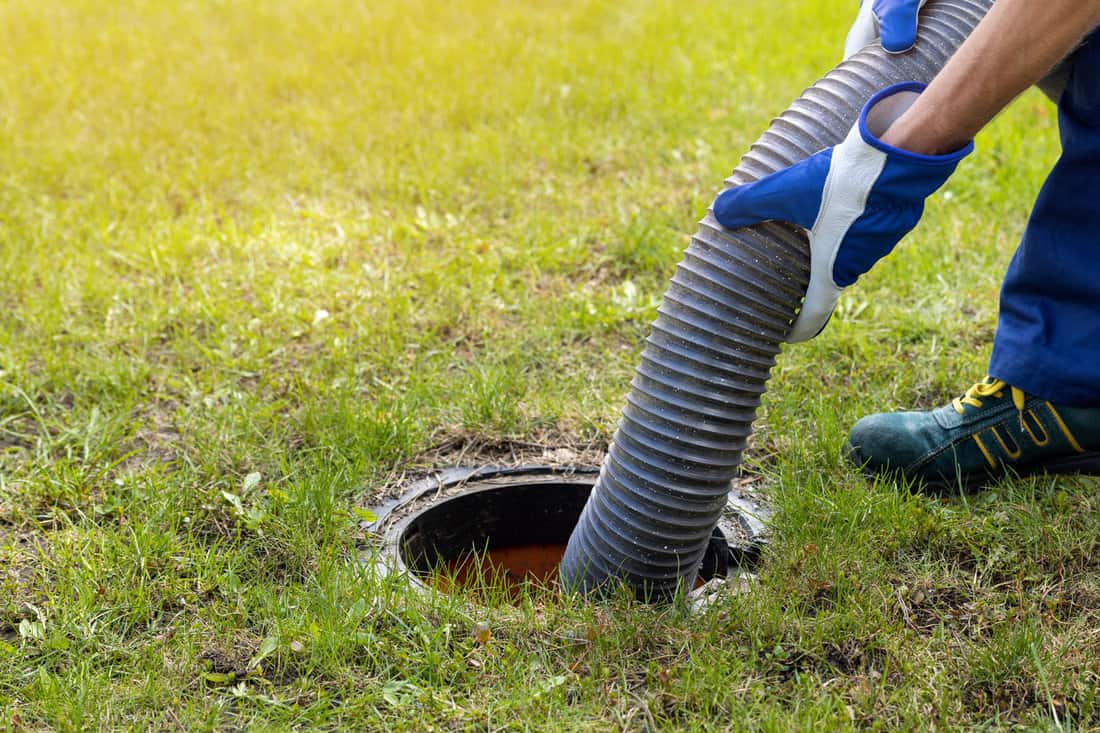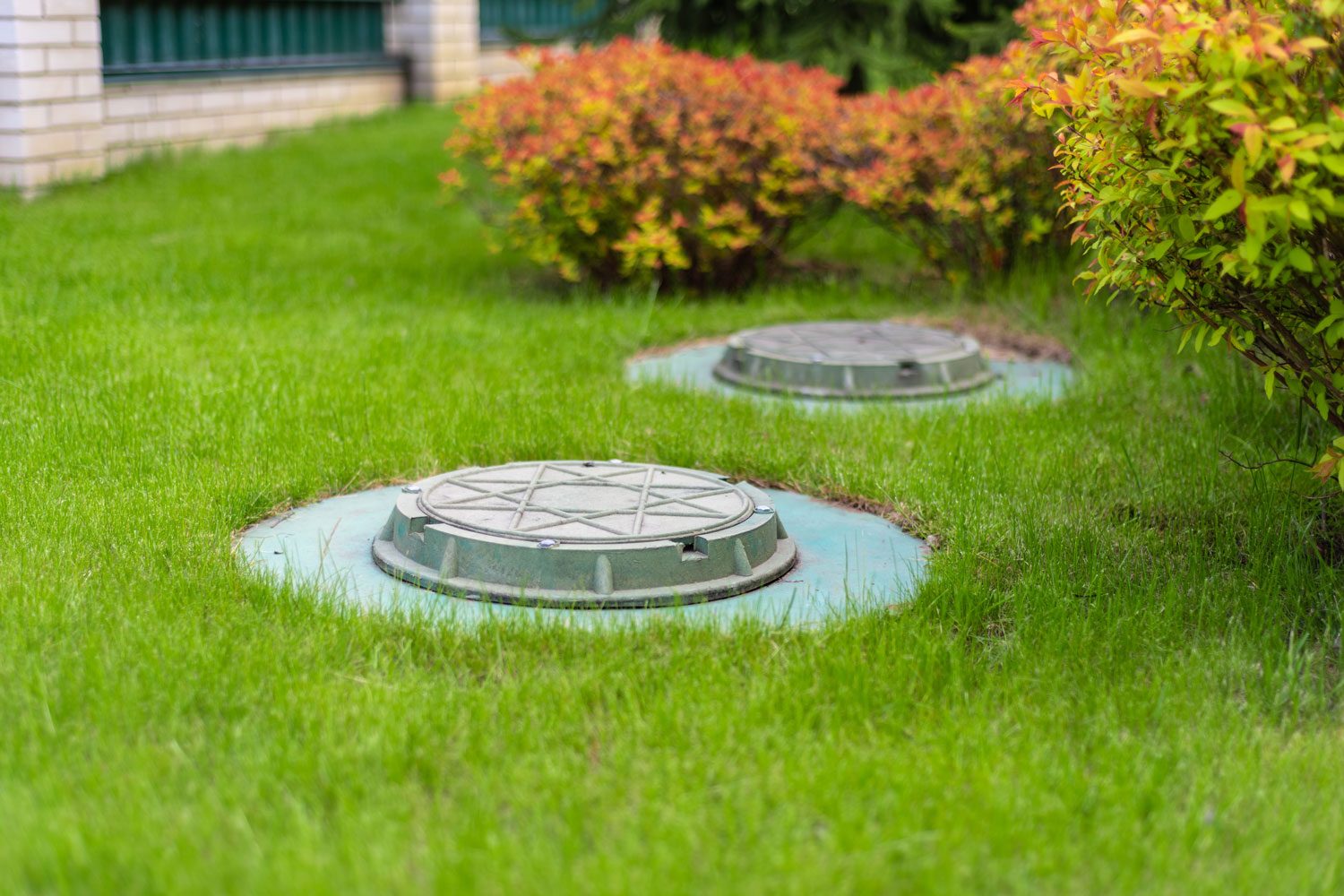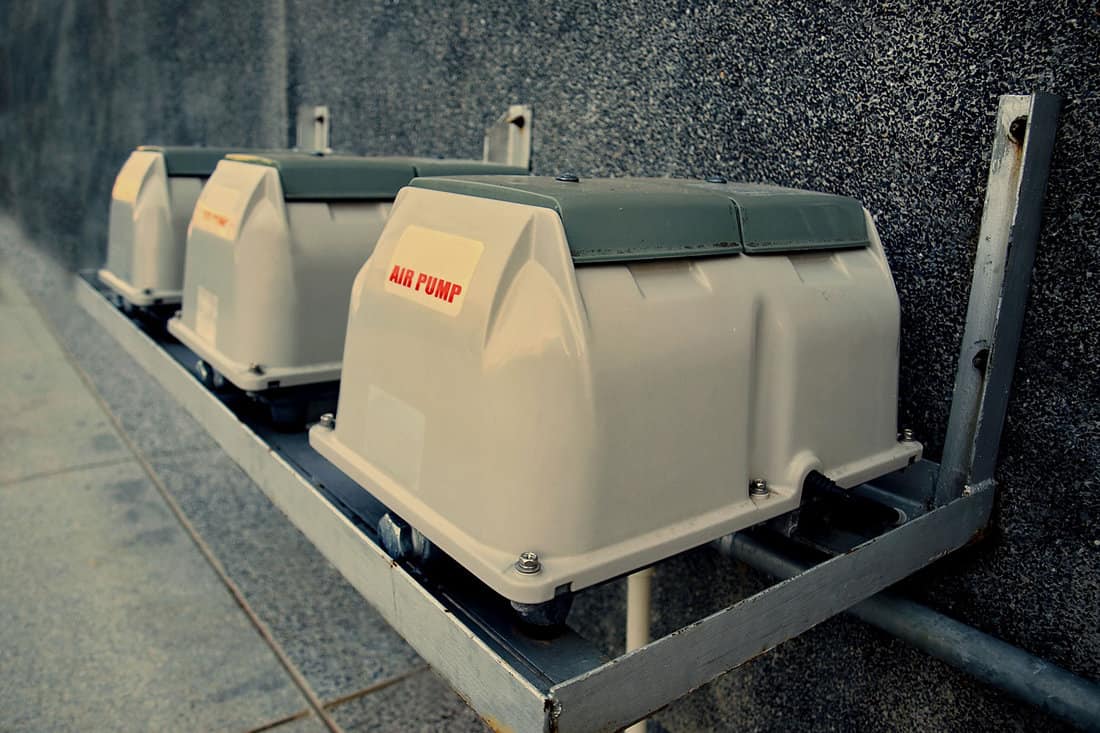When it comes to managing wastewater, you might have come across two popular solutions: aerator systems and septic tanks.
Both options aim at treating wastewater in an efficient manner, but they function in distinct ways.

In this article, we'll walk you through the pros, cons, and differences between these two systems to help you make an informed decision for your home.
Aerators and Septic Tanks Overview
Aerator systems, also known as aerobic treatment units (ATUs), use aerobic bacteria to break down waste materials in your wastewater.
By introducing oxygen into the system, these bacteria work quickly and efficiently to treat your wastewater.

On the other hand, a septic tank relies on anaerobic bacteria that break down waste materials in the absence of oxygen.
The anaerobic process is generally slower than the aerobic process, but it's still effective in treating and disposing of wastewater.
Aeration System: Pros and Cons
What is an Aerator in an Aeration System?
In septic systems, an aerator pumps air into the wastewater, providing oxygen that helps break down solid waste and improve the overall function of your septic tank.
At its core, an aerator introduces air into the septic tank or treatment system.
This oxygen-rich environment facilitates the growth of aerobic bacteria, which are microorganisms that thrive in the presence of oxygen.
These bacteria are essential for rapidly breaking down and digesting organic waste material in the wastewater.
In a traditional septic system without an aerator, the primary bacteria responsible for decomposition are anaerobic, meaning they function without oxygen.
While they effectively break down waste, they tend to work at a slower rate than their aerobic counterparts.
This process can produce unwanted gases like methane and hydrogen sulfide, which have a characteristic foul smell.
On the other hand, a system equipped with an aerator not only enhances waste decomposition but also significantly reduces the production of these foul-smelling gases.
This makes the system more efficient and less likely to produce strong odors.
Mechanism of Action
An aerator typically consists of a pump or a mechanical device that circulates air or introduces oxygen into the wastewater.
When this aerated wastewater flows through the system, aerobic bacteria, which prefer these oxygen-rich conditions, multiply and break down the organic waste more efficiently.
The byproducts of this breakdown include carbon dioxide, water, and non-toxic materials.
Pros of Using an Aerator
1. Improved Efficiency
With accelerated waste breakdown, there's a reduced likelihood of system clogging and backups.
2. Odor Control
By fostering aerobic bacterial action, aerators reduce the production of malodorous gases, leading to a less smelly environment around the septic tank.
3. Environmentally Friendly
A faster decomposition process results in cleaner, more purified effluent released into the drain field, ensuring minimal environmental impact.
4. Extended System Lifespan
By reducing the buildup of sludge and preventing system overloads, aerators can prolong the lifespan of the entire septic system.
Cons of Using an Aerator
1. Increased Energy Consumption
Aerators require power to operate. This leads to an increase in electricity consumption, translating to higher utility bills for the homeowner.
Over time, the cost of operation can accumulate, making it a less economical option for some.
2. Maintenance and Repair Costs
Aerators have mechanical parts that can wear out or break over time. These parts will need regular inspection, maintenance, and occasional replacement.
If neglected, a malfunctioning aerator can compromise the entire septic system.
3. Complexity of the System
The introduction of an aerator adds another layer of complexity to the septic system.
This can make troubleshooting issues more challenging, and homeowners might require professional assistance more frequently.
4. Noise
Some aerators can produce noise during operation, which can be disruptive or annoying, especially if located near living spaces or quiet outdoor areas.
Septic Tank: Pros and Cons
What is a Septic Tank?
A septic tank is an underground wastewater treatment system commonly found in rural areas.
It treats household sewage and wastewater by separating the solids from the liquid, allowing the liquid to disperse into the soil.
The system consists of two primary components: the septic tank itself and a drainfield.
The tank is where the solid waste settles, while the drainfield provides additional treatment through the soil's natural filtration processes.
Pros of Using a Septic Tank
1. Self-sufficiency
As a property owner, you have control over your wastewater management, making you less reliant on municipal systems.
2. Environmental Impact
Well-maintained septic systems disperse wastewater into the soil, which can promote natural filtration and groundwater recharge, reducing pollution.
3. Cost-effective
Septic systems typically have lower installation and maintenance costs compared to centralized sewer systems. Additionally, they don't require monthly sewer fees.
Cons of Using a Septic Tank
1. Maintenance
Regular maintenance is necessary for a septic system to function efficiently. This involves routine inspections and pumping to remove solids from the tank every 3-5 years.
2. Potential for Failure
Poorly maintained or improperly designed septic systems can lead to system failure, resulting in costly repairs and environmental harm.
A common cause of failure is soil in the drainfield not handling the quantity or quality of wastewater.
3. Limitations on Property Use
The size and location of your septic system can restrict property developments or expansions, particularly in areas with limited space or unsuitable soil conditions.
Aerator Vs Septic Tank: Core Differences
Efficiency Comparison
Aerobic treatment units (ATUs) use aeration to break down waste more quickly than a conventional septic tank does.
By introducing air into the sewage in the tank, the organic matter is broken down faster than in a conventional septic system.
This results in a more efficient treatment process and cleaner effluent discharged into the drainfield.
In comparison, a conventional septic tank relies on natural processes to break down the waste, causing a slower and less efficient treatment process.
Cost Comparison
When comparing costs, installing an aerator can be more expensive than a conventional septic tank.
We may include affiliate links and curated AI content to highlight top design styles.

This is primarily due to the added components, such as the air pump and the necessity for specialized equipment.
However, depending on your specific needs and location, an ATU might be more cost-effective in the long run, due to its increased efficiency and potential for lower maintenance costs.
On the other hand, a conventional septic system installation is usually less expensive upfront, but may require more frequent maintenance and repairs if not maintained properly.
Maintenance Comparison
Both aerator systems and septic tanks require regular maintenance to function efficiently.
For an ATU, this includes checking and cleaning the air pump, inspecting filters, and monitoring the overall system performance.
The maintenance for a conventional septic tank typically involves periodic pumping to remove solids, inspecting the drain lines, and ensuring the soil treatment area remains functional.
In general, ATUs may require more frequent maintenance checks due to the presence of the air pump and other components.
On the other hand, conventional septic systems often need pumping less frequently but must still be monitored for potential issues.
Environmental Impact Comparison
Aerobic treatment units offer a more advanced nitrogen treatment, leading to a lower environmental impact.
The increased efficiency of ATUs can reduce contaminants in the discharge and help protect the surrounding ecosystem.
Conventional septic systems, on the other hand, rely on the soil in the treatment area to remove contaminants.
If not properly maintained, these systems can contribute to water pollution, which can harm the environment and pose risks to human health.
Ultimately, when deciding between an aerator and a septic tank, consider your specific needs, budget, and environmental concerns to determine which system is the best fit for your property.
Choosing Between Aerator and Septic Tank
Aerator systems, such as Advanced Treatment Units (ATUs), introduce air into the sewage to break down organic matter more quickly than conventional septic systems.

This helps reduce the impact on the environment and may require less frequent pumping.
However, aerator systems can be more complex and may have higher upfront costs.
On the other hand, septic tanks are a cost-effective and efficient way to treat household waste.
With proper maintenance, including regular pumping by a certified professional, septic systems can last for many years.
But, it's crucial to practice water conservation, fix any leaks, and avoid overloading your system.
Factors to Consider
When deciding between an aerator and a septic tank, it's essential to consider your property size, soil type, and local regulations.
Aerators work well in areas with smaller lots and tightly regulated wastewater treatment requirements, while septic tanks are better suited for larger properties with adequate space for drainfields.
Aerators use an aeration process to break down waste, often resulting in cleaner effluent compared to traditional septic tanks.
This can be beneficial in areas where protecting water resources is a top priority.
However, aerators may require more maintenance and regular electricity supply to operate the aeration system.
In contrast, septic tanks operate mainly through anaerobic digestion, which can be more manageable and cost-effective in the long run.
Which is Right for You?
To decide which option is right for you, first evaluate your property's characteristics, such as size and soil type.
If you have limited space or live in an area with strict wastewater regulations, an aeration system may be the better choice.
If you have sufficient land for a drainfield, a septic tank might be more suitable since it is less dependent on electricity and requires less maintenance compared to an aerator.
It's also essential to be aware of how septic systems can fail when soil in the drainfield cannot handle the quantity or quality of wastewater coming out of the tank.
Finally, always consult local regulations and professionals in your area to ensure that the chosen system meets all requirements.
Your local health department or a licensed septic system professional can guide you in determining the best choice for your property.
Consider Cost, Maintenance, and Local Regulations
Both aerator systems and septic tanks have their advantages and drawbacks.
Ultimately, your decision between an aerator and septic tank should be based on factors such as environmental impact, cost, maintenance requirements, and local regulations.
Consult with professionals in your area to help you make an informed choice for your home's wastewater treatment solution.
Remember, a well-maintained wastewater system promotes a healthy environment and saves you money in the long run.
For more information on wastewater management, check out these other articles:



